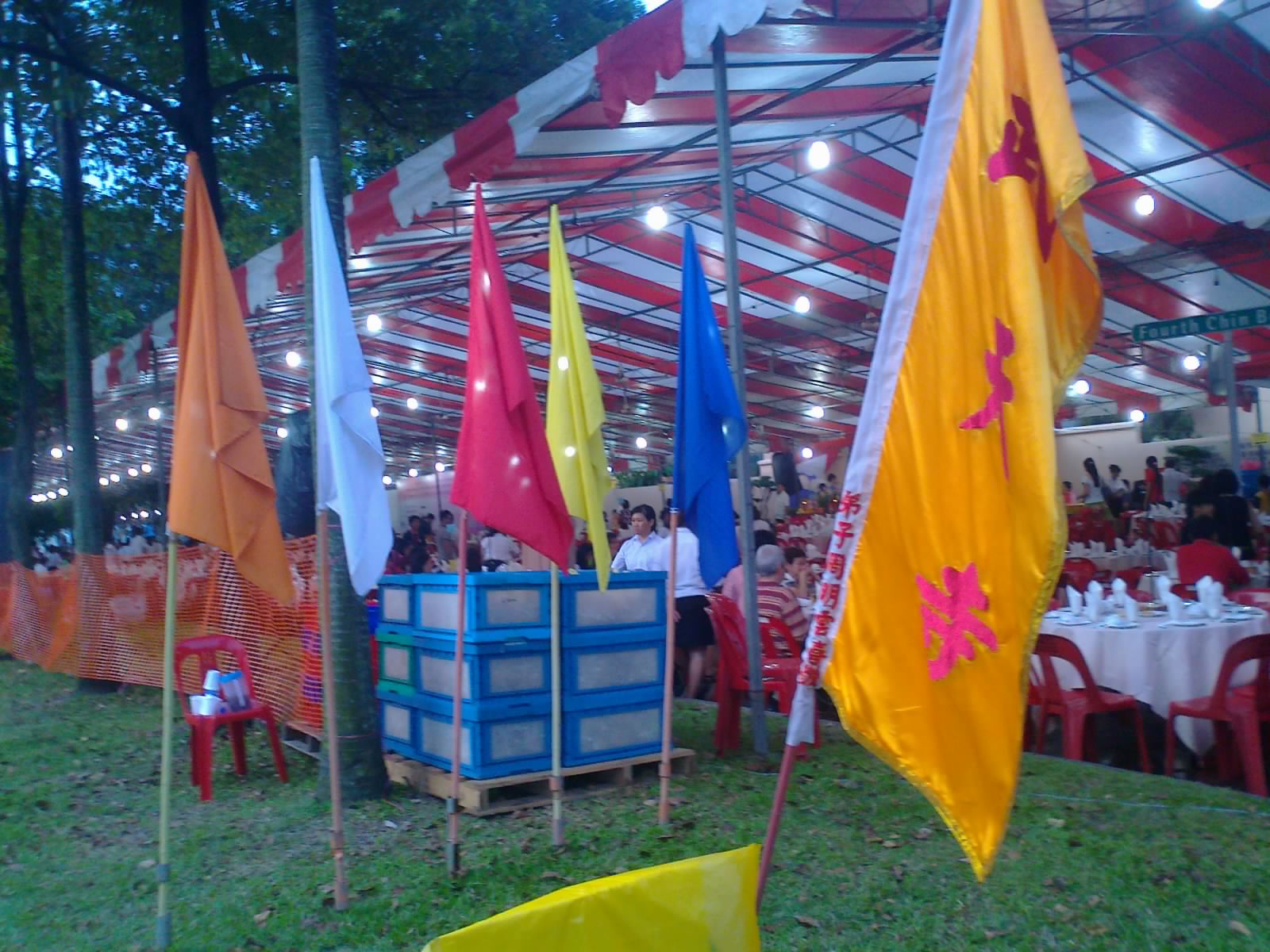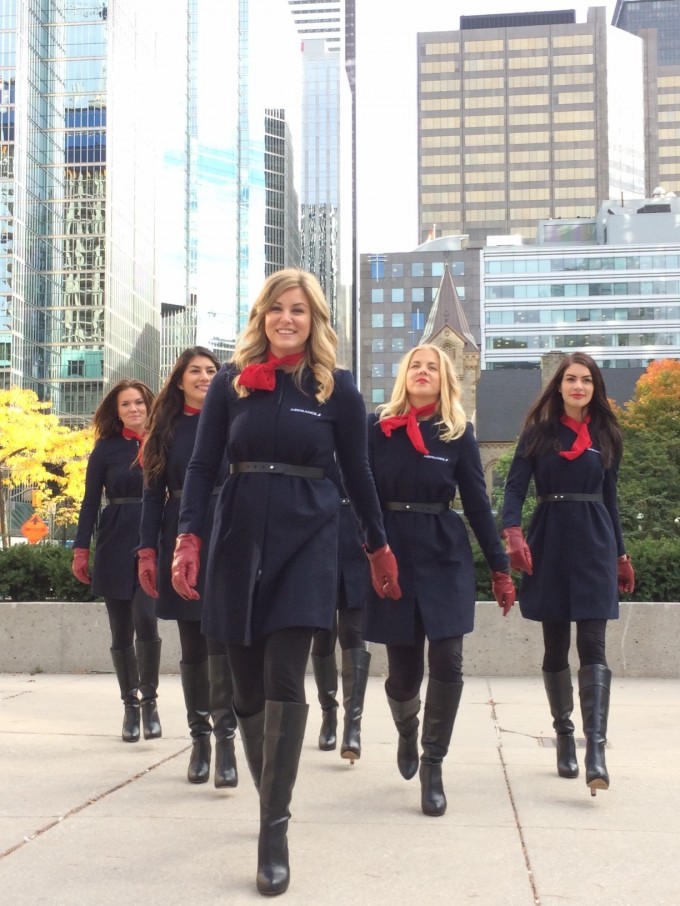

But the roster also includes two very classy Sonoma and Napa labels, Simi and Franciscan Oakville, bought for a combined $300 million last summer. Some of the new brands fit into the old Sands modus operandi: "Stack 'em high, let 'em fly." Indeed, Canandaigua's marketing skills have enabled Corona, the thin Mexican lager, to oust Heineken as top beer import.

29) were $4.31, more than twice what they were five years ago.įrustrated that the stock languishes below $50, Sands is making a new push for acceptance on Wall Street and plans to rename the company to emphasize its new portfolio, which includes Corona Extra beer, Fleischmann's gin and Paul Masson wines. But, despite having to pay junk-bond coupons of up to 8.75%, Richard Sands is doing pretty well on the bottom line: Estimated earnings per share for the year just ended (on Feb.

With most of the money for acquisitions borrowed, debt is up fourfold to $1.4 billion, nearly three-quarters of total capital. Canandaigua's sales have more than tripled in just five years. Sands' buying binge has made little-known Canandaigua, based in Fairport, N.Y., the nation's number two wine producer, second only to the closely held California empire of E&J Gallo. They are all classier than Richards Wild Irish. Since Richard Sands became chief executive in 1993 (his father stayed on as chairman until his death last summer), he has spent $1.5 billion acquiring 150 brands of wine, cider, beer and liquor. "Anyway, if we stopped selling it, somebody else would pick right up where we left off."
STACK EM HIGH LET EM FLY FLAGS FREE
"I grew up believing people ought to be free to do what they want," he says. He has no plans to discontinue the product named after him. Today Richard is the burly 49-year-old chairman of the company his father founded in 1945, and he is in the midst of an expansion spree that is taking Canandaigua ever further away from its original core business in cheap fortified wines. Richard Sands was only 3 years old at the time. When the Wild Irish brand was born in 1954, then-chairman Marvin Sands named it for his young son. Therein lies an image problem, but Canandaigua is diversifying away from it. An unknown but unquestionably large fraction of the bottles are bought by a circle of addicted repeat customers. Canandaigua Brands, a $2.4-billion-a-year wine, beer and liquor firm, sells 30 million bottles of Richards Wild Irish Rose a year.


 0 kommentar(er)
0 kommentar(er)
